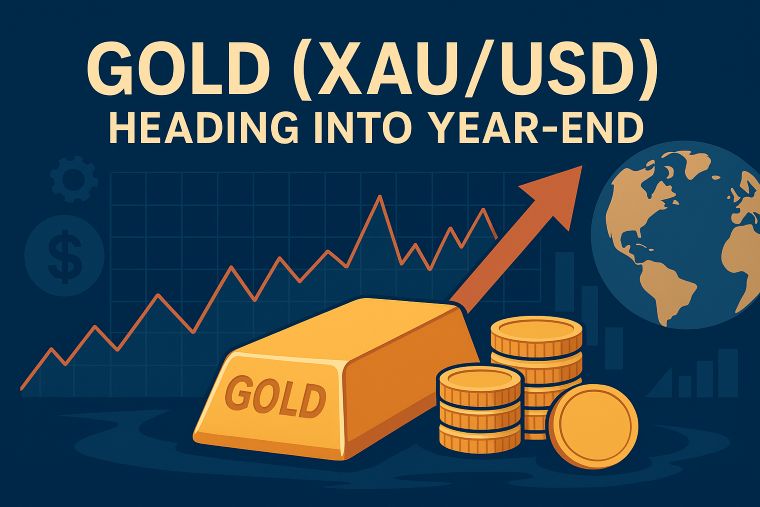3 min to read
Anticipating Stronger Growth in April PCE Deflator Amid the Current Situation
triggering significant shifts in currency markets

“Anticipating Stronger Growth in April PCE Deflator Amid the Current Situation”
Amid weaker than expected growth in both the US Consumer Price Index (CPI) on the 10th and the US Producer Price Index (PPI) on the 11th, expectations for additional rate hikes in the US have significantly retreated. The June 13th and 14th monetary policy projections by the Federal Open Market Committee (FOMC) in CME’s FedWatch Tool, which calculates policy rate expectations based on 30 day federal funds futures prices, have reached a temporary level of over 99% probability of no change, effectively pricing in a status quo scenario.
Subsequently, triggered by the University of Michigan’s consumer survey showing long term inflation expectations rising to levels not seen since 2011, expectations for additional rate hikes have rekindled. Coupled with positive results in US retail sales, the rate hike expectations have firmly recovered to levels exceeding 20%.
In the midst of these developments, attention is turning to the release of the US Personal Consumption Expenditures (PCE) Deflator for April on the 26th. While this indicator, similar to the CPI, receives less market attention due to its release being about two weeks later than the CPI, it attracts increased focus in the current environment as it serves as a target for inflation and influences monetary policy trends.
The previous PCE Deflator for March showed a significant slowdown, dropping to +4.2% year on year from +5.0% in February, marking the lowest level since May 2021. The core deflator also reached a low of +4.6% year on year, the lowest level since December 2022. Although market expectations were at +4.1% and +4.5%, falling short of the projections, it can be interpreted as a slowdown in growth.
If the April PCE Deflator shows further deceleration, it could lead to a retreat in rate hike expectations.
The April US Consumer Price Index (CPI) exhibited a slight deceleration, with a year on year increase of +4.9% compared to +5.0% in March. The core CPI, which excludes food and energy, also experienced a deceleration from +5.5% in March to +5.4%. Analyzing the breakdown, gasoline station sales witnessed a significant deceleration with a year on year decline of -12.2%. However, on a month on month basis, they grew by +3.0%, indicating a substantial reduction in the rate of deceleration from -17.4% in March, which mitigated the overall slowdown. Food prices showed a slowdown as well, with a year on year increase of +7.7% compared to +8.5% in March, marking eight consecutive months of deceleration in food prices. Airfares, which had been experiencing a double digit surge since February last year, with a peak year on year increase of +42.9% in September and October, witnessed a deceleration to -0.9% in March, the first negative growth since November 2021. In addition, housing costs experienced a marginal deceleration from a year on year increase of +8.2% in March to +8.1%, the first slowdown in housing costs since February 2021, after a span of two years and two months. Despite these decelerations, some sectors remain challenging, such as the clothing sector, which has seen four consecutive months of increases, and auto insurance, which has seen a double digit increase since August last year, with a year on year rise of +15.5%, the highest level since May 2021.
Taking into account the current circumstances, it is expected that the April PCE Deflator will show a slight but stronger growth from +4.2% in March to +4.3% year on year. The forecast for the core deflator remains unchanged at +4.6% year on year, the same level as in March.
If, similar to the CPI, the growth falls below expectations, it is expected to lead to selling pressure on the dollar. On the other hand, if it exceeds market expectations, it is anticipated that the rekindling rate hike expectations for June will further intensify, resulting in a stronger dollar. This month, we have seen the strength of indicators other than prices, such as employment statistics and retail sales. Therefore, if the growth surpasses expectations, there is a significant risk, and we may witness a rapid ascent in the USD/JPY exchange rate.
Visit XM Official Website.

